Can we still expect a "best on Windows" Microsoft experience?
The day that Microsoft introduced Windows 10 was also the day that Microsoft said this would be the final and, as they boasted, best version of Windows yet.
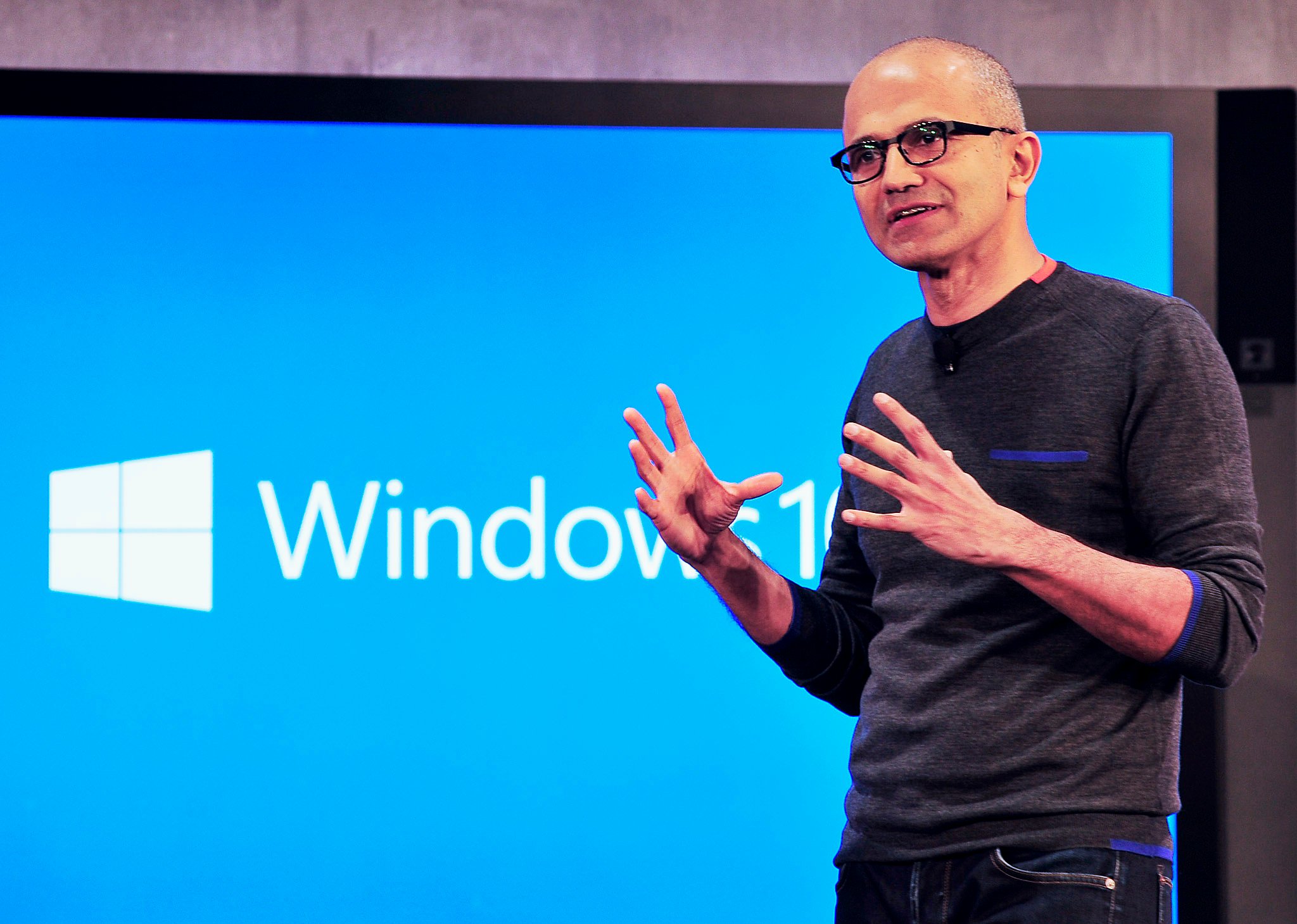
It was also the day that Microsoft's CEO Satya Nadella went on record assuring millions of enthusiasts, consumers, developers and businesses that the best Microsoft experience would be on Windows. The importance of this promise is not lost on the faithful fans. We have watched as Microsoft has launched an aggressive colonization of competing platforms by launching their flagship apps onto iOS and Android — frequently before the Windows launch.
In a cross-platform strategy to ensure a Microsoft presence where the users are, we've seen core Microsoft apps and services like Office make their way to the popular mobile platforms iOS and Android. To add insult to injury, many apps like Office Sway can be found on iOS but have yet to appear on Windows 10 Mobile.
This, along with the superior quality of some Microsoft apps on rival platforms, feels like a slap in the face to some enthusiasts who have invested their time and money supporting the platform they — we — love.
You might be recounting the apps Microsoft has launched on other platforms but had seemingly forgotten to bring to their own (or did so much later). Or maybe it's the Microsoft apps that are of better quality on iOS and Android than they are on Windows that gets under your skin. "Best on Windows" might seem to be hollow words spoken into the ether but never destined to materialize.
Promises, Promises
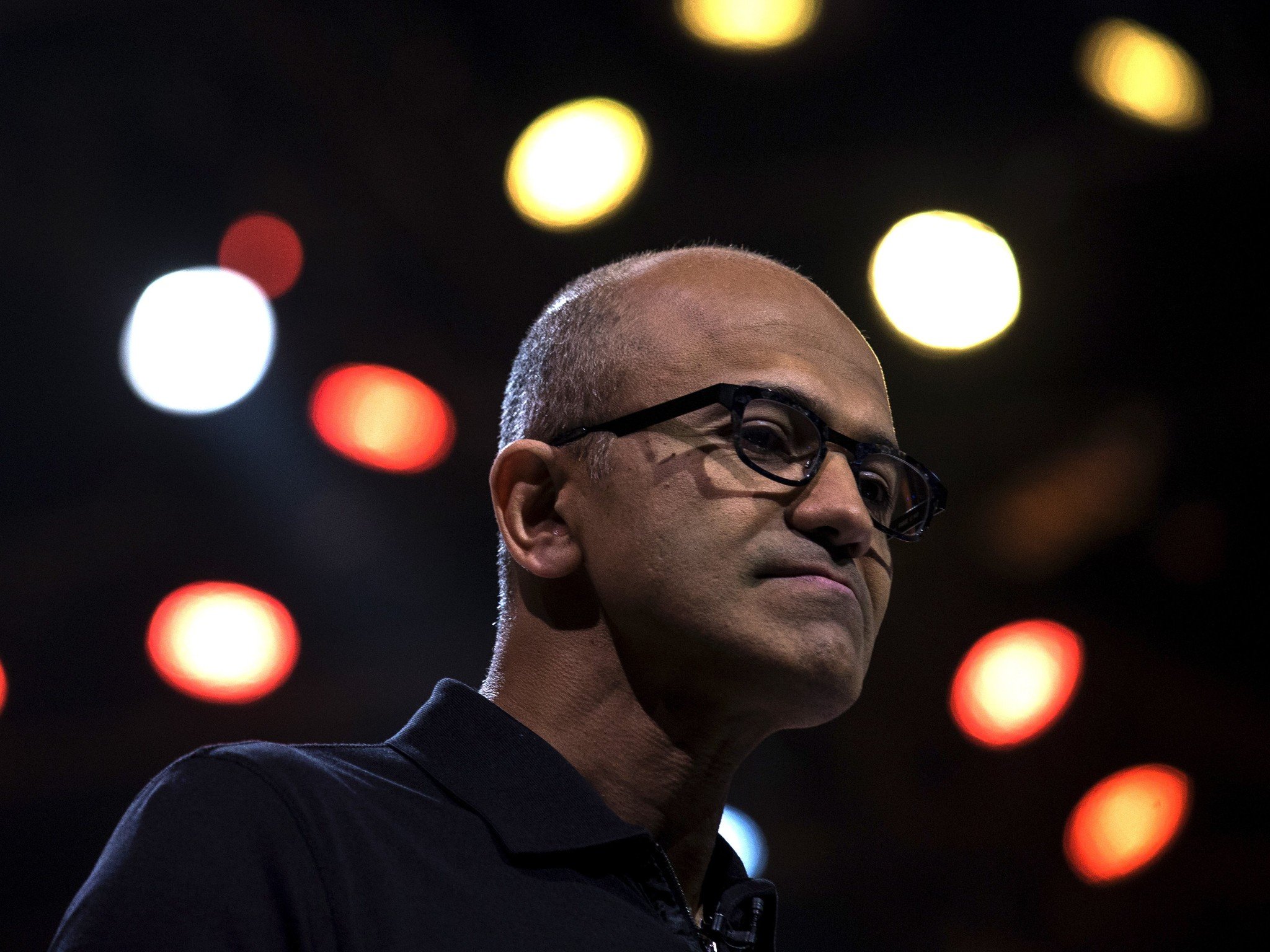
We sometimes hear Nadella's promise echoed when regarding dissatisfaction with Microsoft's investments in rival platforms:
That's what we are doing with Windows, we absolutely are going to have our services and our application end points everywhere, but we absolutely believe that Windows is home for the very best of Microsoft experiences.
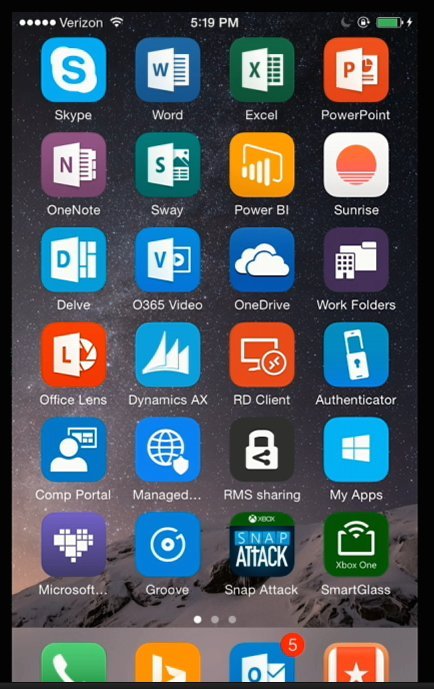
That's the promise we remember hearing. However, twenty months later, many fans begrudgingly admit that the best Microsoft experience may be on iOS. In some respects that may be true. So a year after the launch of Windows 10 and eight months since the launch of Windows 10 Mobile, why isn't the Microsoft experience universally "best" on Windows?
Simply put: time. Well, time and the complex processes and moving parts of a large company that govern how time is spent. Yet, the seed has been sown.
All the latest news, reviews, and guides for Windows and Xbox diehards.
Every seed planted needs time to grow. Every garden must be tilled. Some plants need to be pruned; weeds need to be removed and bugs need to be eradicated. Only after the time and effort required to nurture a young garden is invested can the beauty of the flowers and life-giving nutrients of the fruits and vegetables be enjoyed as one cohesive union. A best on Windows experience is not as simple as plunking an app in the Microsoft ecosystem. An integrated synergy, a singular bouquet of apps and OS working as one is Redmond's vision.
First-party apps and Windows are being honed for an optimal UWP experience.
So is Nadella's "best on Windows promise" still something that we can count on occurring? I think it is, but with only a year since its launch, Microsoft is still nurturing the sprout that is Windows 10. The diversity of first-party apps that are destined to be best on Windows are also being honed for this new entity: the Universal Windows Platform. I think the garden that is Windows 10 and first-party apps will be a delightful cohesion of operating system and integrated apps. Like most things in life, however, particularly things of high complexity, it takes time.
What exactly does best on Windows mean?
That's a relatively simple question with an apparently obvious answer. Most people would agree that it simply means Microsoft's apps and services will be the most feature rich, most efficiently employed and most deeply integrated on Windows when compared to their counterparts on other platforms.
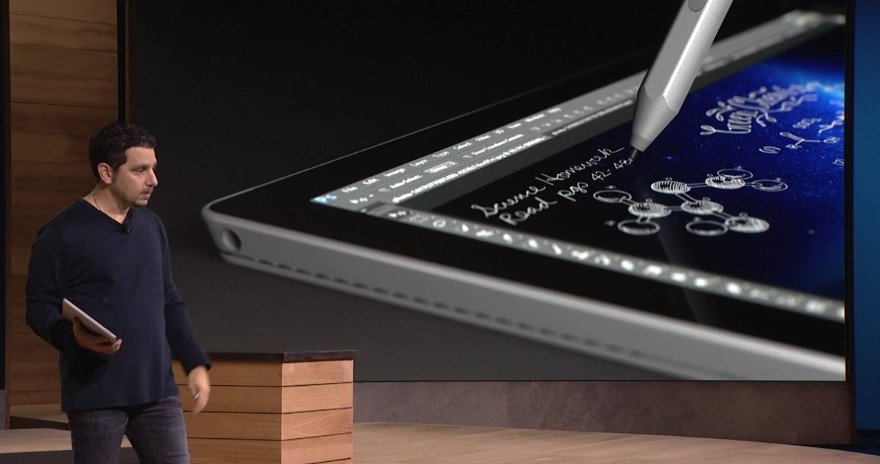
OneNote, on the Surface with the integrated Surface Pen functions, come to mind as an example. Our view of what "best on Windows" means I believe is accurate in its simplicity, but we're not left to our interpretation. Given that Nadella made the promise, let's revisit his words as he described what the best on Windows experience would look like:
Simply put, Windows is the best place, it's the home for the very best Microsoft experiences. We are going to have services everywhere, but when it comes to Windows we're not bolting on apps, we're seamlessly harmonizing our experiences. The way Cortana is built in. The way Microsoft account and Azure Active Directory from an ID perspective are built into Windows. How OneDrive and the sync framework are built in. How Skype and Outlook are built in. How Xbox Live is built in. This is just built as part of Windows as a native experience where the scaffolding of the shell, as well as the applications, come together in the most seamless delightful personal ways for users.
I think that statement paints a pretty awesome and ambitious picture of a seamless integration of Windows, first-party apps/services and first-party hardware. It is a goal that is yet to be fully realized, but it is, I believe, coming.
Seamless
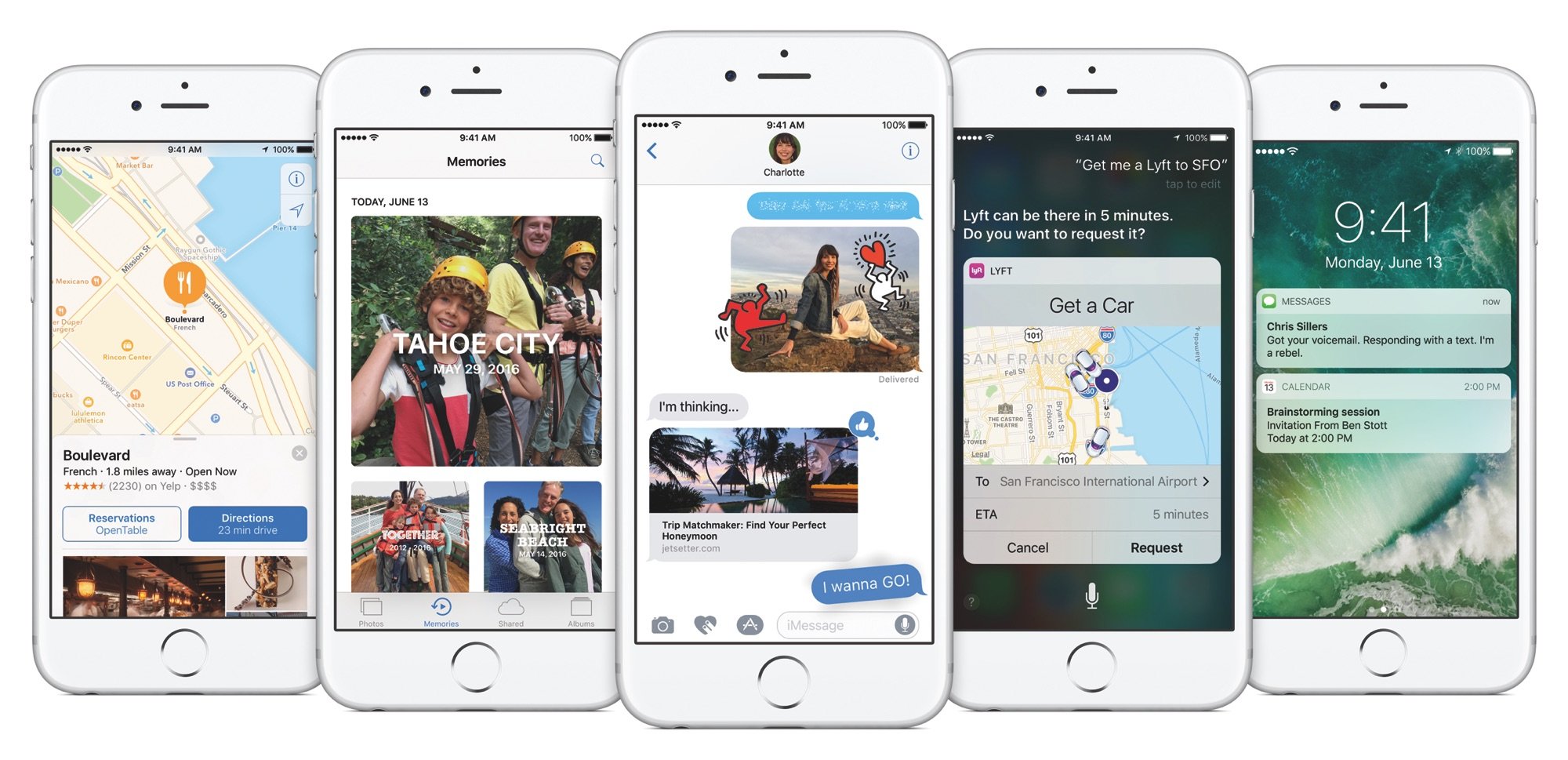
Microsoft, of course, would not be the first company to bring a tight integration of OS, software and hardware to market. Apple designs their own chip to optimize iOS's performance, tightly weaves AI technology throughout its OS, and ensures a seamless and speedy app experience has made such synergy a standard expectation on the iPhone.
Microsoft would not be the first company with deep OS and hardware synergy.
But Microsoft's a third-party developer on iOS and Android and their apps don't get every bit of what's built into the platforms. They are, as Nadella says, "bolted on". Microsoft's app experiences will be tightly harmonized within the Windows as well as across the diverse form factors of the Universal Windows Platform, providing a unique modern personal computing experience. The UWP and family of Windows 10 devices add a dimension to this "best on Windows" experience that not even Apple's tight OS /hardware synergy but disparate operating systems ecosystem has brought to the industry.
So best on Windows doesn't only mean best on Windows phone or Windows PC. It means the best Microsoft experience across all Windows 10 devices including Surface Hub, Xbox, Windows phone, Surface, HoloLens and any new category of Windows 10 device Microsoft brings to market.
What's the holdup?
So what's taking so long? Frankly, what Microsoft is doing has never been done before. Love them or hate them, Redmond's Universal Windows Platform and family of first-party devices are an industry first. The fact that this is uncharted territory alone presents unique technical, strategic and infrastructure challenges.
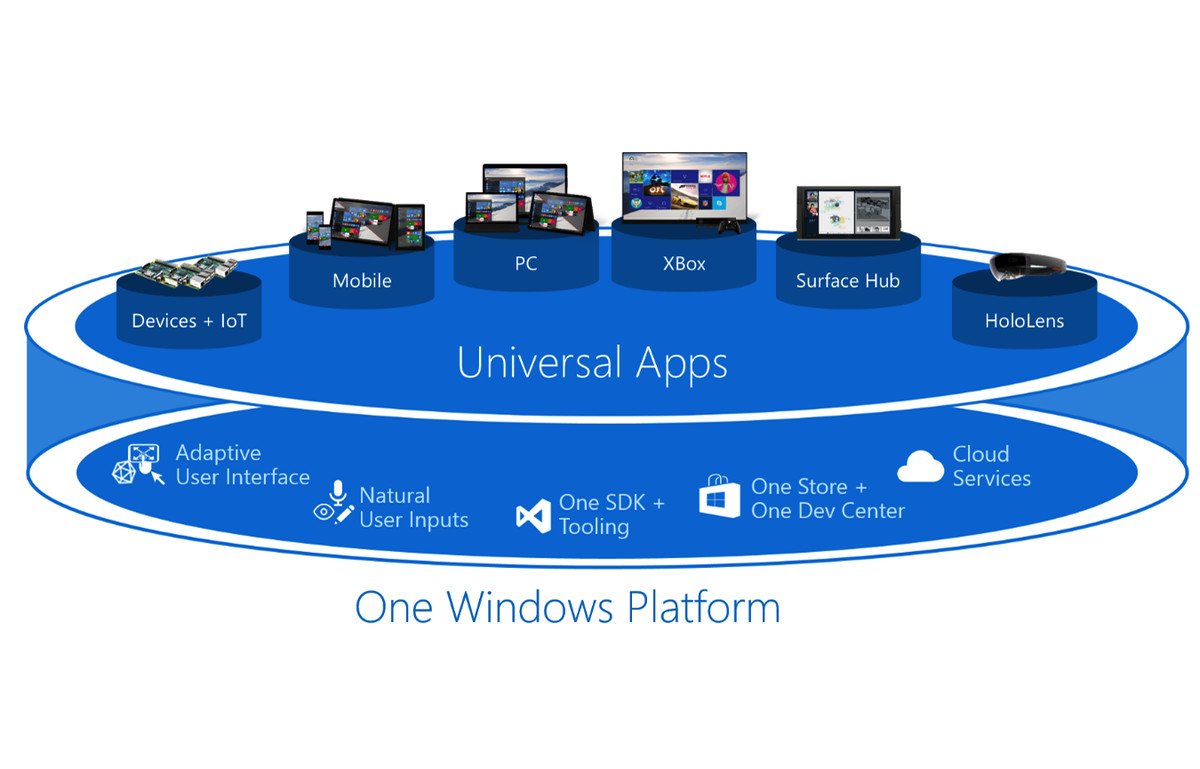
Furthermore, Microsoft did not embark on this UWP course with a clean slate. They are working to shift the direction of a ship that has been on one course for many years. Internal shifts, company culture, reorgs and more have all had to align to bring this multifaceted vision to fruition. Software and hardware had to be developed from the rudimentary level or core to ensure a cohesive and optimal experience across all form factors. Had all of this been occurring in a perfect world it would have been a challenge. The fact that none of these shifts have happened in a vacuum makes it all that more difficult.
Best on Windows encompasses all Windows 10 devices.
Technological barriers, bugs, market challenges, competition, pressure from investors and more have all contributed to a slow, methodical, calculated and sometimes delayed implementation of some feature, update or new hardware release.
It is also evident that not every aspect of the UWP that will showcase a "best on Windows" experience is as mature as another. Windows 10 for desktop was released on July 29, 2015, for instance. Its mobile counterpart was not ready for general release (though installed on the Lumas 950/950XL) until months later.
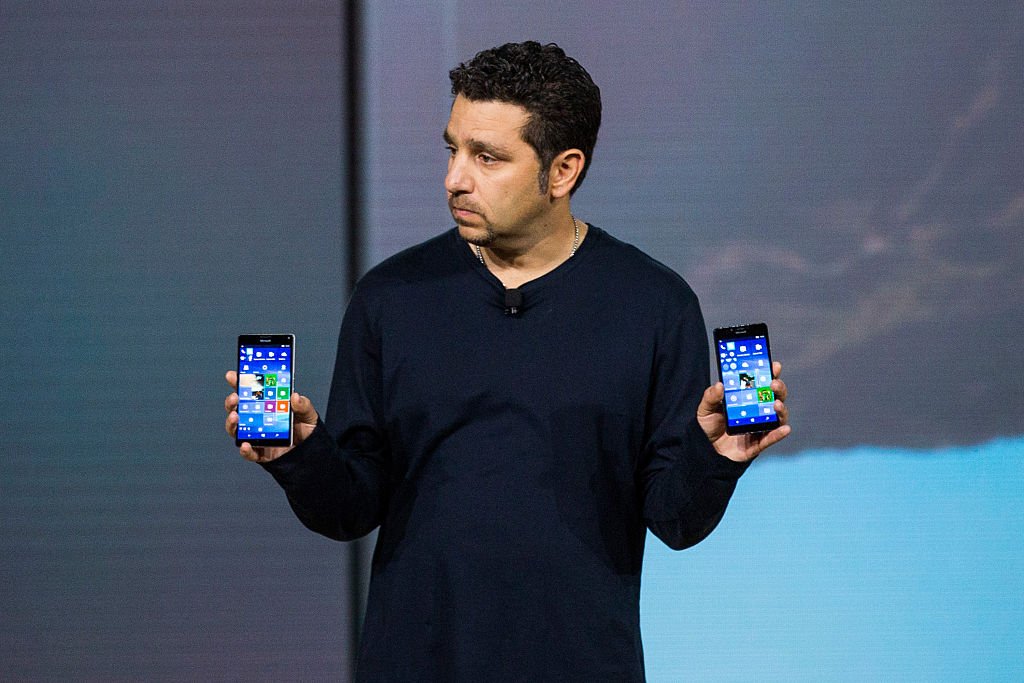
Furthermore, the consensus seems to be that the 950/XL did not get the "Panos Panay Surface treatment." His team was not entirely responsible for those devices. Consequently, we're still waiting for a true showcase phone that will highlight the best of Windows 10 and Continuum on Windows 10 Mobile and premier first-party hardware.
Other components of the Window 10 family of devices are also barely out of the womb. HoloLen's and Windows Holographic are industry leaders in augmented reality and are firsts for Microsoft. The hardware has only recently gone out in "mass quantities" to interested parties and the Holographic platform, which is part of Windows 10 is in its infancy.
These few examples reveal a very complex picture of many moving parts that are being developed, managed and introduced, at various stages, in a very competitive space. Nonetheless, the first-party app experience that Nadella promised will be "best on Windows" is being integrated into each of these disparate form factors and varying stages of development. This small snapshot of a very complex environment gives a picture of the challenges inherent to bringing an optimal and uniform experience to the entirety of Windows when the family of devices showcasing the experience are at different stages of development, deployment and position in the market.
I get it now, but "best on Windows" is still hard to believe
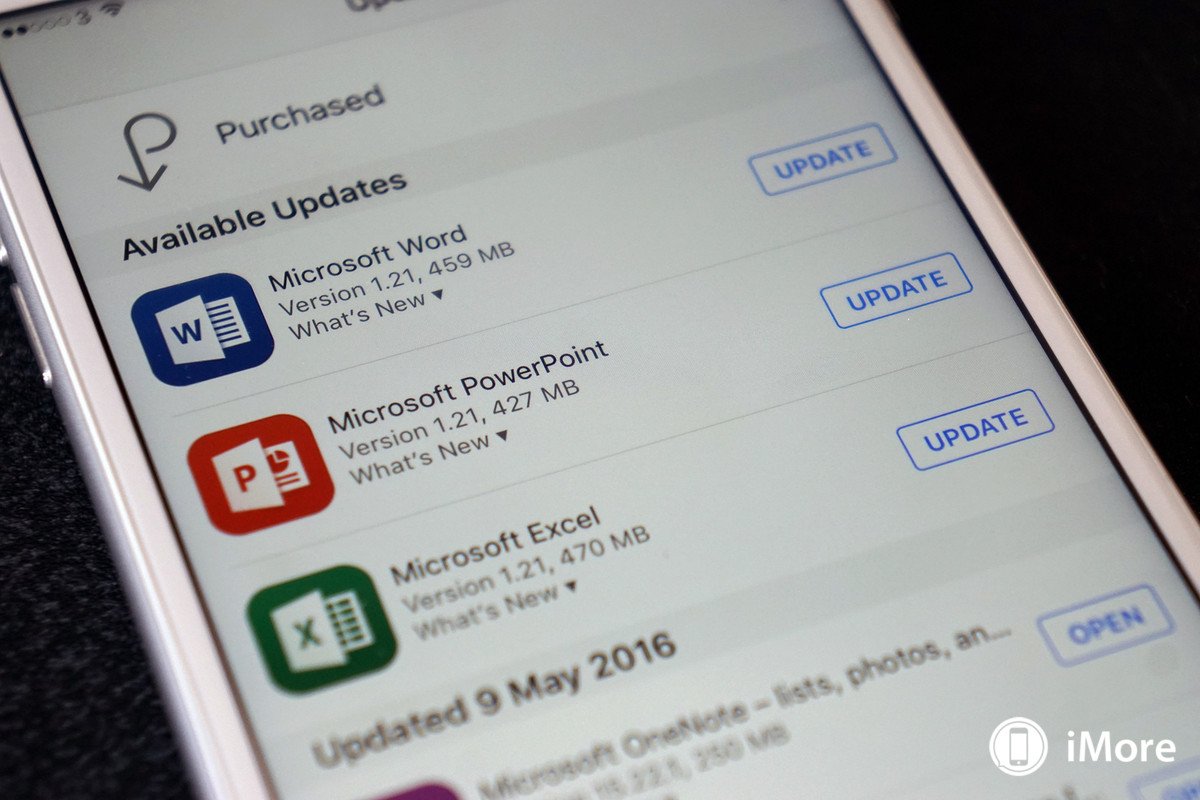
As a tech enthusiast and Microsoft fan, I can empathize with those who express frustration with the current "not as good as iOS and Android" Microsoft experience in some areas.
For example, I love Microsoft Office Sway. I was one of the early adopters permitted into the beta release. I've also interviewed General Manager of the Sway team and OneNote creator Chris Pratley and Program Manager Nathan Freier. Moreover, I was one of the featured authors on docs.com, where I publish many of my Sways. So the fact that I can't build and edit a Sway on my Lumia 1520 running Windows 10 because there is no Windows phone app is a disappointment.
I've tried editing a Sway with the Edge mobile browser on my Lumia and that's just not a good experience at all. I'm sure there are iPhone users that are quite pleased with the Microsoft experience that they enjoy via the iOS Sway app. And I'm glad that that part of Microsoft's strategy of reaching/enticing users where they are with Microsoft services is in place. But, alas, I don't use an iPhone.
The process of ensuring a "best on Windows" is far more complicated than just getting an app on a phone.
As a Windows phone user for several years now, I've been with the platform through highs and lows, and I get it. I also understand that the process of ensuring a "best on Windows" experience is far more complicated than what app I want on my phone right now. Steve Ballmer spoke on the scope of this unified platform endeavor three years ago:
"As devices proliferate, it has become clearer that consumers crave one experience across all of their technology…Going forward, our strategy will focus on creating a family of devices and services for individuals and businesses that empower people around the globe at home, at work and on the go, for the activities they value most.To take advantage of our critical competitive assets, we will center our work on…A business model based on partner and first-party devices with both consumer and enterprise services… A family of devices powered by a service-enabled shell… No technology company has as yet delivered a definitive family of devices useful all day for work and for play, connected with every bit of a person's information available through one cloud.Our devices must share a common user-interface approach tailored to each hardware form factor.
Of course, the promises of those words coupled with Nadella's "best on Windows" assurance may betray the complexity of the process for the end user who simply wants his Windows phone, laptop or 2-in-1 to run all Microsoft apps in a way that elicits envy from users of their iOS and Android counterparts. We're not there yet for all Microsoft apps. But in what may sound like a mantra or the Microsoft's fan's anthem: "It's coming."
Is there a middle ground?
One weakness that seems to have plagued Microsoft for many years is poor communication. This is not only true of my perception of their marketing in comparison to that of Apple and Samsung. I think it is also true in how they communicate or fail to communicate to their current and potential fans.
I've heard the concerns of Microsoft's core supports and share some of them myself. Some of these can be addressed by providing information that someone less plugged into the pulse of the industry may have missed. Other concerns are best or only addressed satisfactorily by Microsoft. Would Nadella candidly meeting users where they are, with a direct address to the status and challenges of the "best on Windows" strategy, be helpful?
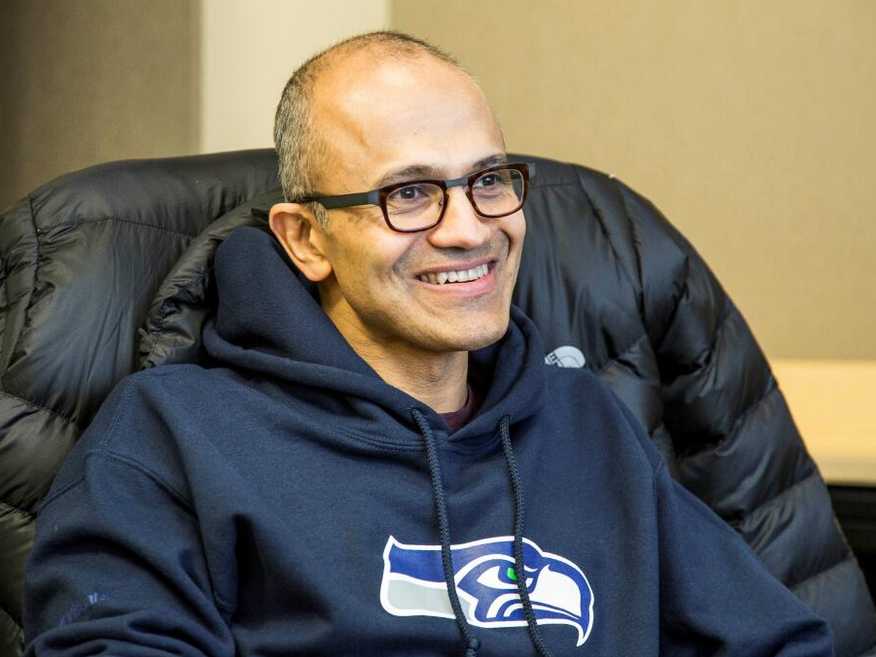
Is there a middle ground that can be bridged for fans who have championed the platform amid plunging market share, app exoduses and a deluge of negative press that has declared the death of their beloved platform? Admittedly, as they have waited for the manifestation of the "best on Windows" experience, encouraging progress has been made toward ambitious goals such as Nadella's 2014 vision of an all-encompassing cloud-based platform{.nofollow}:
Microsoft has a unique ability to harmonize the world's devices, apps, docs, data and social networks in digital work and life experiences so that people are at the center and are empowered to do more and achieve more with what is becoming an increasingly scarce commodity – time!
Though by no means complete, Microsoft's platform approach strategy has seen celebrated success in the cloud and its cross-platform endeavors. That said, I am confident that Microsoft is forging forward with a "best on Windows" strategy. I understand as many fans do, the complexity and challenges involved in the process.
The platform, though obviously moving forward has a perception problem.
Still, Windows phone is losing support from fans. Developer support of the UWP is underwhelming. The goal for one billion Windows 10 installs has been pushed out to some undetermined point. Apps are leaving the platform seemingly as fast as they roll in. And many users perceive that Microsoft has a greater interest in rival platforms than their own. The platform, though obviously moving forward in many respects, has a perception problem.
Moreover many mobile consumers who enjoy Microsoft apps on iOS and Android are woefully unaware that "best on Windows" is even a goal.
We are perhaps at a critical junction in Microsoft's history where their unprecedented ambition and goals, unique challenges and obvious progress requires something equally unprecedented, ambitious and unique. Perhaps a "State of the Ecosystem" address that speaks directly to the "best on Windows goals," challenges and progress is in order. Can Microsoft meet current and potential fans in the middle with a bold, candid and clear message?

Microsoft cannot continue "communication" as usual.
The UWP, Microsoft's cross-platform pursuits and the best on Windows experience require a cohesive message to retain the industry's confidence as Microsoft's unique strategy endures unique and growing challenges. That confidence, though present for some OEMs, fans and developers, is waning for others. Redmond, in my opinion, cannot continue "communication" as usual.
I wonder if Satya Nadella, outside of the context of a scheduled conference or keynote speech, is open to such a unique, and in my opinion, needful address. Given the ecosystem's perception problem, I sincerely hope that he is.
What are you thoughts? Sound off in comments and reach me on Twitter!

Jason L Ward is a Former Columnist at Windows Central. He provided a unique big picture analysis of the complex world of Microsoft. Jason takes the small clues and gives you an insightful big picture perspective through storytelling that you won't find *anywhere* else. Seriously, this dude thinks outside the box. Follow him on Twitter at @JLTechWord. He's doing the "write" thing!
